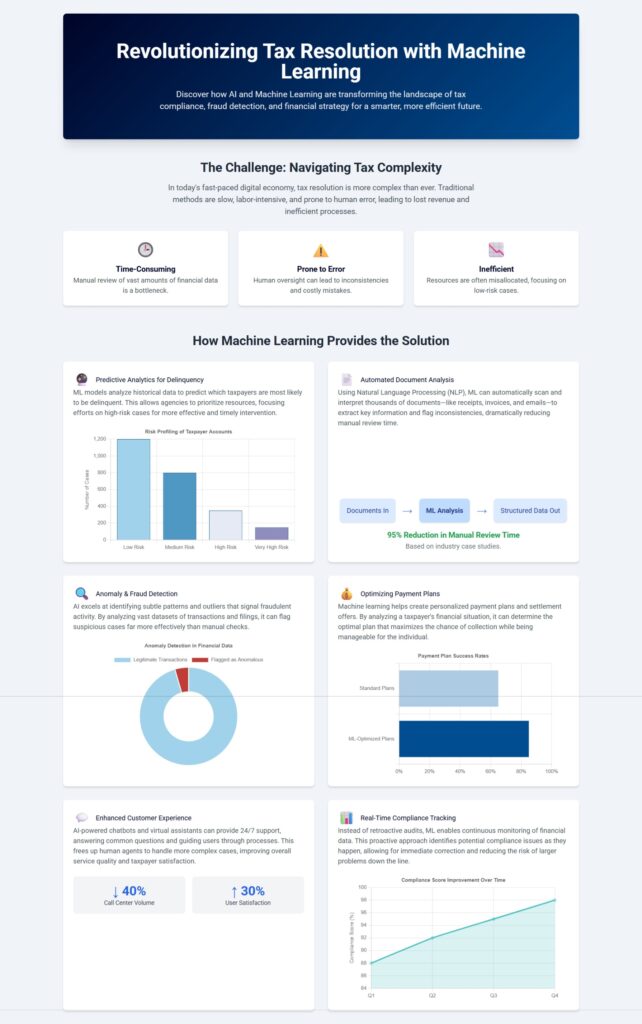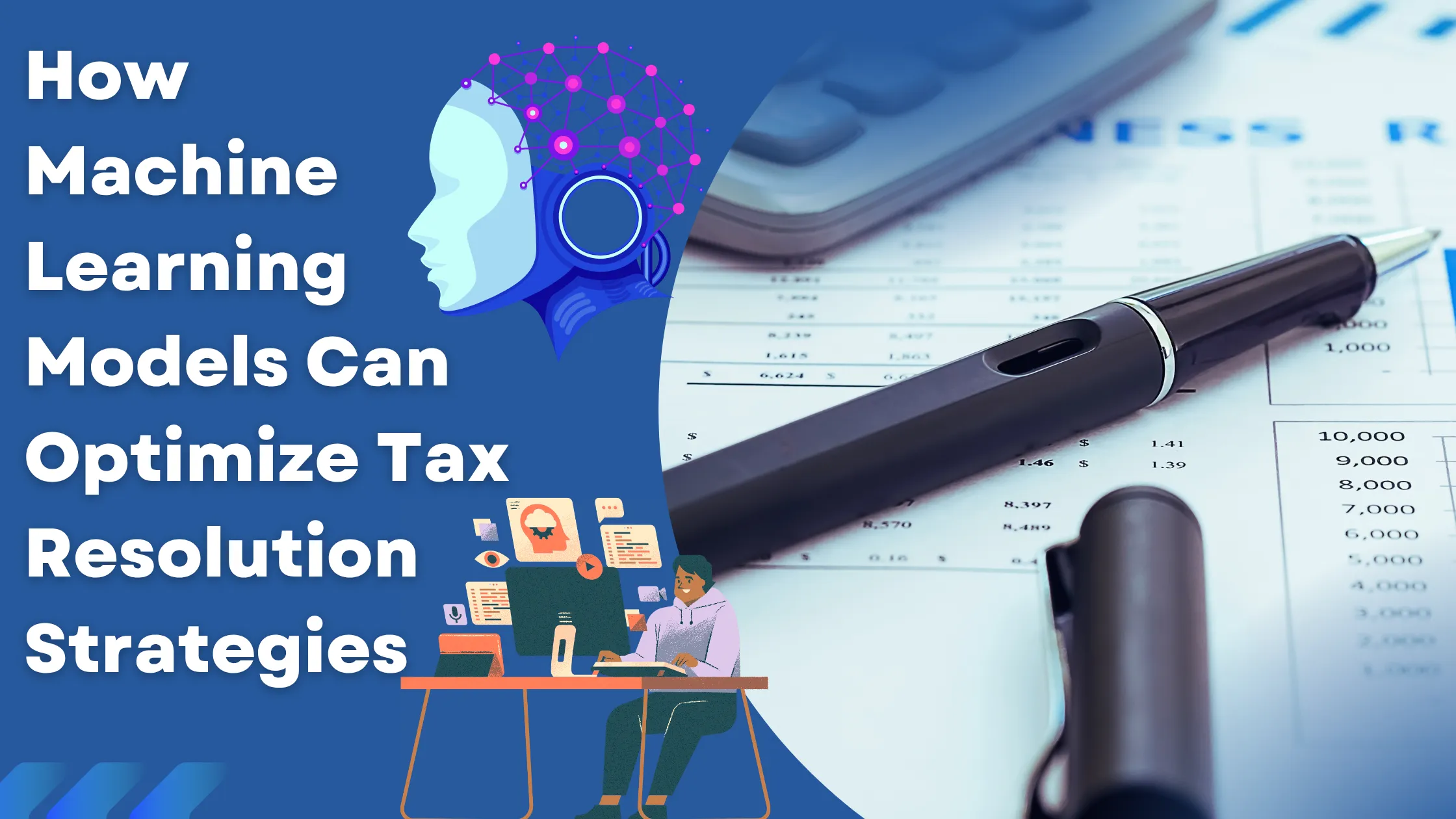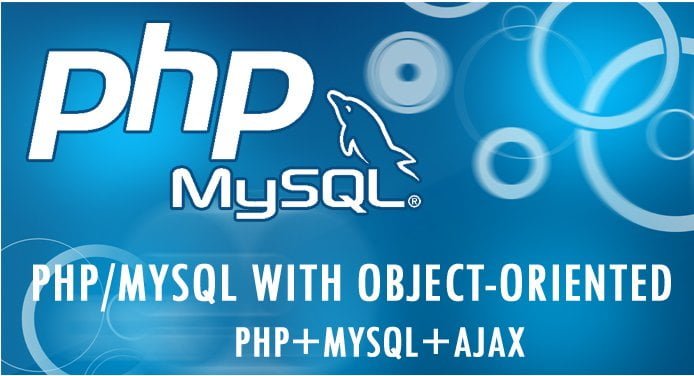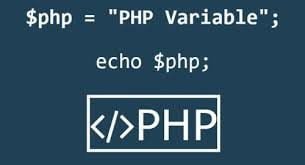In today’s data-driven economy, tax resolution has become increasingly complex. Governments and organizations alike face growing challenges in accurately assessing, collecting, and resolving taxes while minimizing human error and inefficiency. Enter machine learning — a branch of artificial intelligence that can analyze vast datasets, detect patterns, and make predictive recommendations. Leveraging machine learning models in tax resolution strategies is not just a technological advancement; it is a transformative approach to streamlining compliance, reducing fraud, and improving financial decision-making.
This article explores how machine learning models can optimize tax resolution strategies and why businesses should consider partnering with Data Science Engineering Services or a reputable machine learning consultancy to unlock the full potential of AI in taxation.
Also Read – 10 Must Have Digital marketing Tools
Understanding Tax Resolution
Tax resolution refers to the process of resolving issues related to unpaid or disputed taxes with authorities. This can include negotiating payment plans, identifying and correcting errors, resolving audits, or appealing tax assessments. Traditionally, tax professionals relied heavily on manual data review and heuristics, which are both time-consuming and prone to inconsistencies. With the rapid digitization of tax records, emails, financial statements, and transaction data, a more robust and automated solution is necessary—this is where machine learning thrives.

1. Predictive Analytics for Tax Delinquency
One of the primary uses of machine learning in tax resolution is the ability to predict future tax delinquency. By analyzing historical data, payment patterns, and financial behavior, machine learning models can forecast which individuals or businesses are at risk of non-compliance. These models assess variables such as income trends, tax history, debt levels, business type, and even industry benchmarks.
Predictive analytics helps tax agencies or consulting firms prioritize their caseloads, focusing resources on high-risk cases while reducing unnecessary audits for low-risk individuals. The outcome is more targeted interventions and improved collection efficiency.
2. Automated Document Analysis
A major component of resolving tax issues involves reviewing documentation — including tax returns, invoices, receipts, and correspondence. Machine learning models, especially those using Natural Language Processing (NLP), can be trained to read and interpret unstructured data from scanned documents or emails.
These models can identify inconsistencies, highlight missing data, and extract key financial information without human intervention. As a result, tax professionals save valuable time, reduce manual errors, and improve the accuracy of the resolution process.
3. Anomaly Detection and Fraud Prevention
Machine learning algorithms are adept at detecting anomalies — unusual patterns in financial transactions or tax filings that may indicate fraud. These anomalies are often too subtle for humans to spot but can be flagged by well-trained models with high precision.
For instance, if a business suddenly reports a sharp drop in revenue without a corresponding decrease in expenses, or if a taxpayer claims unusually high deductions compared to peers in similar income brackets, these are red flags. Machine learning models can instantly highlight these outliers, prompting further investigation.
In large-scale audits, this capability dramatically improves the detection of intentional misreporting or accounting manipulation, safeguarding tax systems from abuse.
4. Optimizing Payment Plans and Settlements
Once a tax liability is established, resolving it often involves negotiating payment plans or settlements. Machine learning models can assist by analyzing the taxpayer’s financial history and economic context to recommend the most realistic and efficient resolution strategies.
For example, an algorithm can assess various parameters — disposable income, debt load, payment history — to predict the likelihood of repayment under different settlement options. This allows tax authorities or advisors to propose tailored payment plans that maximize recovery while ensuring the taxpayer’s compliance.
5. Enhancing Customer Experience and Communication
Tax resolution often requires back-and-forth communication between taxpayers and authorities. Machine learning-powered chatbots and automated assistants can handle frequently asked questions, provide document submission guidelines, and keep taxpayers informed about the status of their cases.
These intelligent systems can adapt responses based on user behavior and sentiment, delivering a more personalized experience. This not only reduces operational costs but also enhances taxpayer satisfaction, making it more likely they will cooperate and comply.
6. Real-Time Monitoring and Compliance Tracking
Machine learning models can continuously monitor real-time data from accounting software, bank statements, and other financial sources to ensure ongoing compliance. For example, businesses can be alerted when there are discrepancies between their reported income and bank deposits.
Such proactive alerts allow organizations to address issues before they become tax liabilities, effectively preventing problems instead of reacting to them. Over time, this fosters a culture of accountability and transparency.
Implementation Considerations
Despite the immense benefits, implementing machine learning in tax resolution requires careful planning. Data quality, model accuracy, ethical considerations, and regulatory compliance must all be addressed. This is why many organizations turn to Data Science Engineering Services or a Machine Learning Consultancy to guide them through the process.
These expert services provide the technical infrastructure, domain knowledge, and customized solutions needed to build and deploy machine learning systems effectively. They ensure that the algorithms used are not only accurate but also fair and explainable — a crucial factor when dealing with sensitive financial decisions.
Conclusion
Machine learning models are reshaping the way tax resolution strategies are designed and executed. From predicting tax delinquencies and automating document review to detecting fraud and optimizing settlements, AI is helping tax professionals work smarter and faster.
Organizations that embrace these technologies not only improve their operational efficiency but also reduce compliance risks and build better relationships with taxpayers. As data continues to grow in volume and complexity, the role of machine learning in tax resolution will only become more central — making now the perfect time to explore intelligent solutions for a more effective tax strategy.





